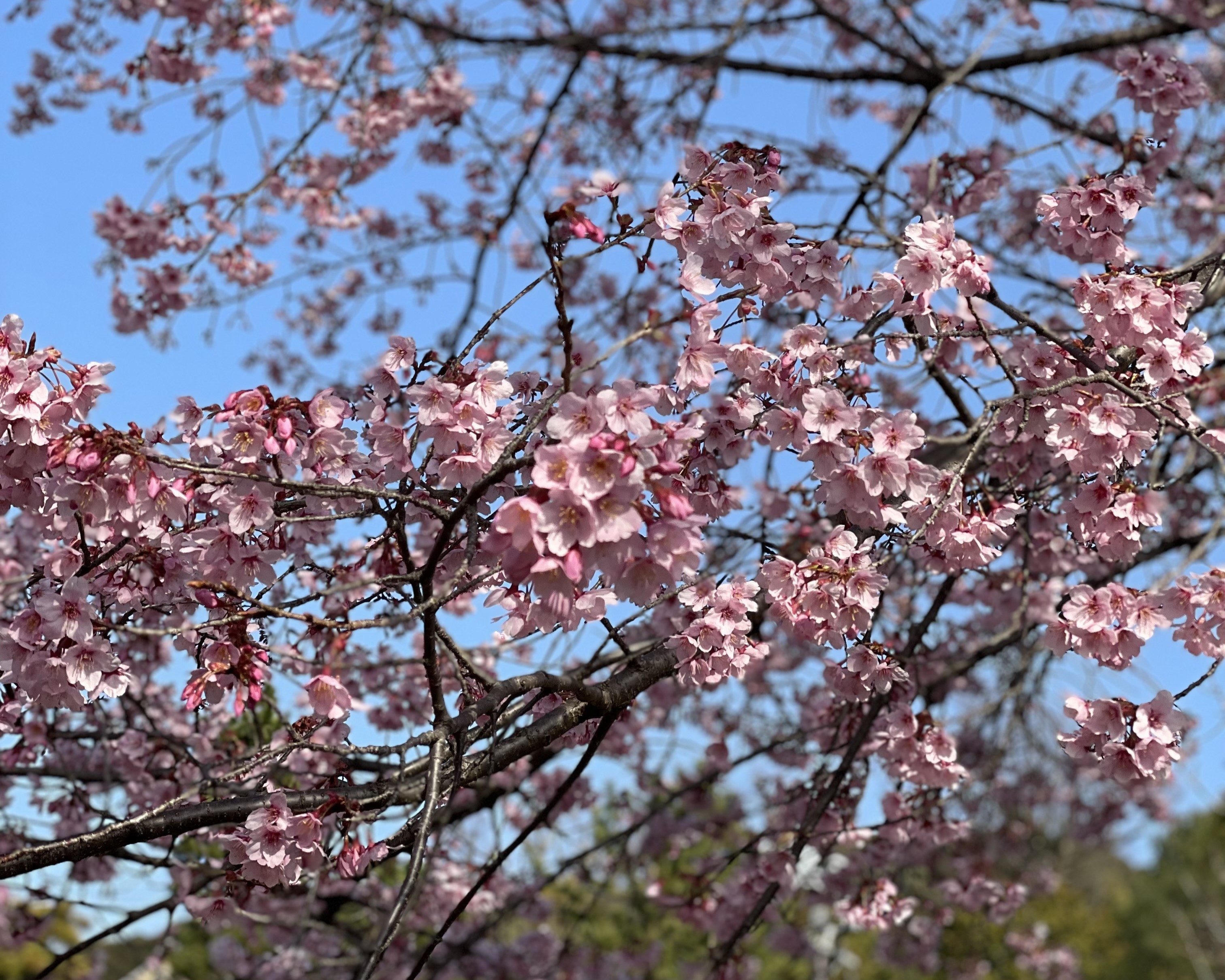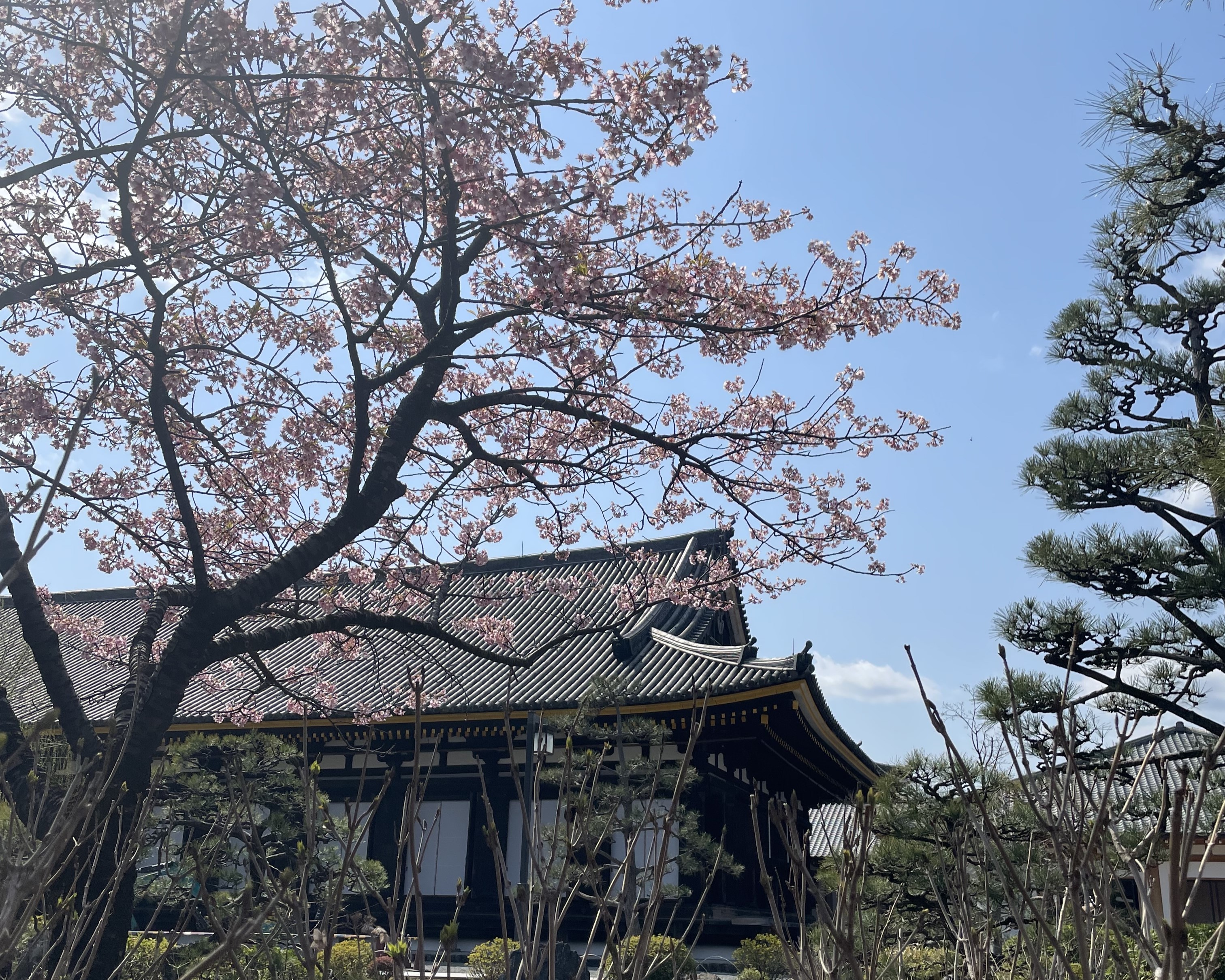People flock to parks and temples as cherry blossoms bloom in Japan
People flock to parks and temples as cherry blossoms bloom in Japan
July 01, 2024 02:53 PM GMT+03:00
The blossoming of sakura trees announced spring's arrival in Japan, painting Tokyo in a breathtaking display of soft pink. Under a canopy of blossoms, residents strolled through parks and streets, reveling in the vibrant display.

Ueno Park, Tokyo, Japan, March 24, 2024. (Photo by Koray Erdogan)
The flowering branches surrounding the streets create a breathtaking canopy overhead. These delicate pink flowers not only signify the arrival of spring but also inspire a cherished tradition: hanami, or flower viewing. During hanami, people gather under the blossoming trees for picnics and celebrations, reveling in nature's fleeting beauty.

Ueno Park, Tokyo, Japan, March 24, 2024. (Photo by Koray Erdogan)
Sakuras, which include trees from the Rosaceae family, whose Latin names are Prunus and Prunus Sbug, are not grafted and are primarily valued for their beautiful flowers, not fruit production. Another important detail is that although sakura trees are known as cherry blossom trees, the term can also refer to plum, apricot, peach and almond trees.

Sanjusangendo, Kyoto, Japan, March 23, 2024. (Photo by Koray Erdogan)
Hanami is the traditional Japanese custom of enjoying the springtime blossoming of cherry blossom trees. This two-week period involves gathering under the beautiful trees in parks and streets for picnics and celebrations.
After the blossoms bloom, people stroll through the tree-lined areas to admire the exquisite beauty of the blossoms. Picnics are often held under the trees, accompanied by the Japanese rice wine sake. As evening falls, lights illuminate the streets to showcase the beauty of the sakura, and the celebrations continue with food and festivities.

Sanjusangendo, Kyoto, Japan, March 23, 2024. (Photo by Koray Erdogan)
As sakura season began in Japan, thousands of residents and tourists flocked to the festival celebrations in Ueno Park, one of the city's major tourist attractions, despite the cloudy weather.
Specially trained people take care of sakura trees, which the Japanese consider sacred because they symbolize life and death, the two realities of the world.

Nunobiki Herb Garden Park, Kobe, Japan, March 25, 2024. (Photo by Koray Erdogan)
Tourists who specifically waited for the sakura season to visit Japan expressed their enjoyment of the country's culture and cuisine and noted the Japanese people's friendliness.
Sakura trees, which give their first flowers in the last days of March, have philosophical meanings for Japanese people besides their perfect appearance. They symbolize life and the sudden end of life as they stay on their branches for a maximum of two weeks.
During this time, the cherry blossoms explode in a magnificent display of color, making them a must-see for any travel bucket list.
July 01, 2024 02:53 PM GMT+03:00





